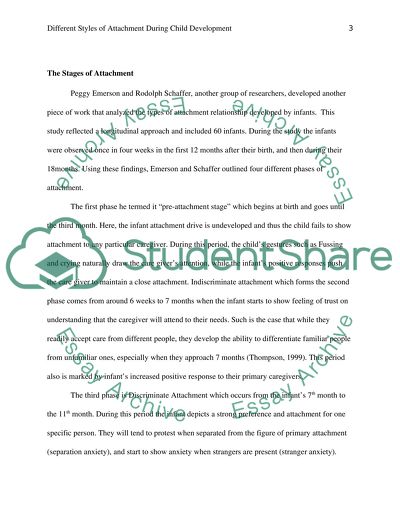Cite this document
(“Different Styles of Attachment During Child Development Research Paper”, n.d.)
Retrieved from https://studentshare.org/psychology/1668796-different-styles-of-attachment-during-child-development
Retrieved from https://studentshare.org/psychology/1668796-different-styles-of-attachment-during-child-development
(Different Styles of Attachment During Child Development Research Paper)
https://studentshare.org/psychology/1668796-different-styles-of-attachment-during-child-development.
https://studentshare.org/psychology/1668796-different-styles-of-attachment-during-child-development.
“Different Styles of Attachment During Child Development Research Paper”, n.d. https://studentshare.org/psychology/1668796-different-styles-of-attachment-during-child-development.


